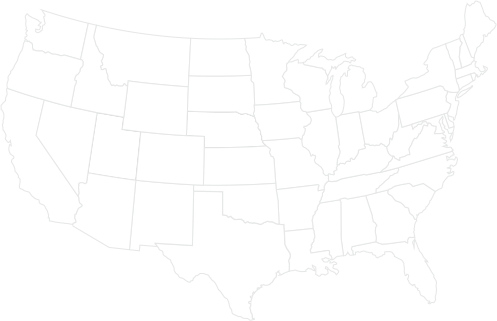Effects of Feeding Whole Cottonseed on Composition of Milk
Posted in Abstracts
Authors: J. DePeters, S. J. Taylor, A. A. Franke, and A. Aguirre
University: Departments of Animal Science and Food Science and Technology University of California Davis
Year Published: 1985
Abstract: Complete mixed diets containing O, 10, 15, or 20% whole cottonseed were fed to 12 cows in a 4 X 4 Latin square design. Cows were assigned to the Latin square by production status resulting in one square each for cows in early first lactation and older cows either in early or late lactation. Diets were fed for ad libitum intake, and periods were 21 days. Percentages of milk fat and total solids increased, and protein percentage decreased with cottonseed feeding. Milk casein nitrogen decreased from .387 to .375% with cottonseed feeding. Nitrogen in whey remained unchanged, and nonprotein nitrogen increased. Proportion of total nitrogen in casein and whey fractions was not altered, but proportion of nonprotein nitrogen increased. Cottonseed decreased proportions of short-chain fatty acids (carbon-6 to carbon-16) in milk and increased stearic and oleic acids. Actual yield of milk was not affected by cottonseed feeding, but yields of fat corrected milk and milk fat were increased.
Production status affected milk composition with older cows in early lactation producing milk of lower fat, total solids, and protein content compared with cows in other groups. Casein nitrogen was highest for first-lactation and lowest for older, high-producing cows. Whey nitrogen was highest for older, low-producing cows. First-lactation cows had the highest proportion of nitrogen in the casein fraction, and older, low-producing cows had the lowest. Milk fatty acid composition changed little with status.

